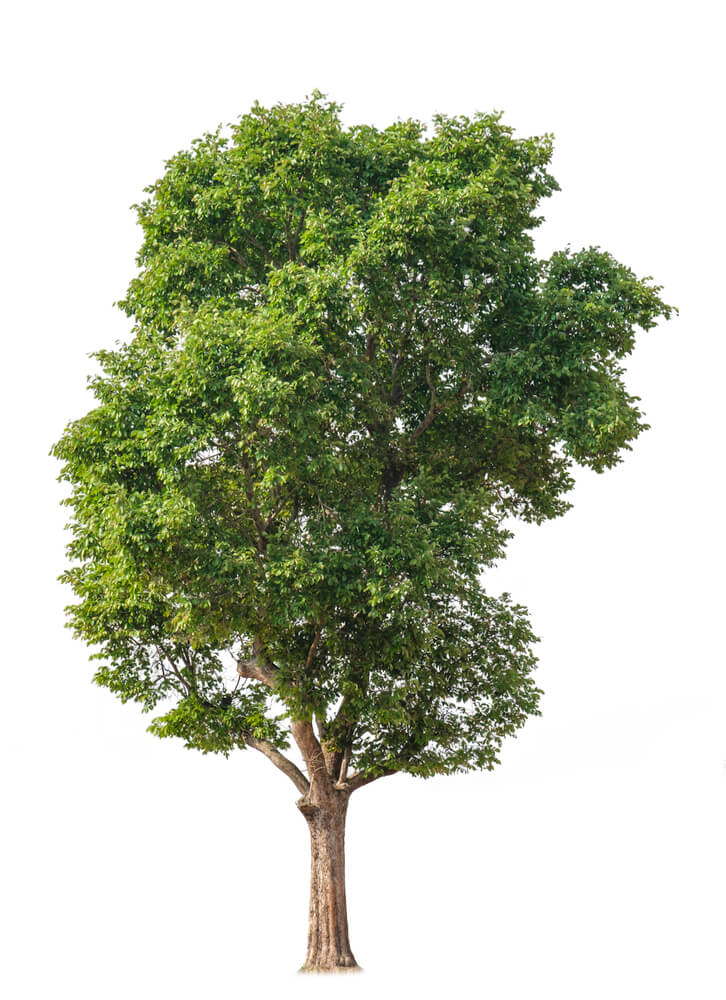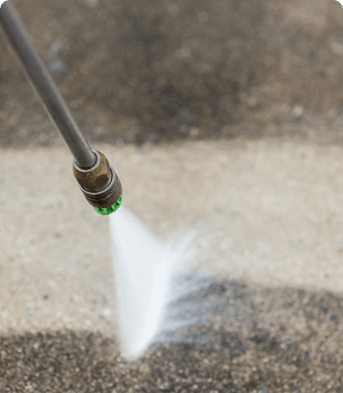Crown lifting is a valuable technique in arboriculture that involves the removal of the lower branches of a tree to raise the canopy. This practice not only enhances the aesthetic appeal of your garden but also ensures the health and safety of your trees. In this article, we will explore expert tips for effective crown lifting and how to incorporate these strategies to maintain a beautiful and safe garden.
Understanding Crown Lifting
Crown lifting, also known as crown raising, is the process of pruning the lower branches of a tree to provide clearance for pedestrians, vehicles, and buildings. This method improves light penetration and air circulation under the tree, promoting a healthier environment for both the tree and the surrounding plants. Effective crown lifting requires knowledge and precision to avoid damaging the tree and to achieve the desired results.
Benefits of Crown Lifting
Improved Aesthetic Appeal
One of the primary reasons homeowners opt for crown lifting is to enhance the visual appeal of their garden. By removing the lower branches, trees appear taller and more majestic, creating an open and spacious look. This can transform a cluttered garden into an elegant landscape.
Enhanced Safety
Low-hanging branches can pose a safety risk, especially in areas with high foot traffic or near driveways. Crown lifting eliminates these hazards by providing sufficient clearance, reducing the risk of accidents caused by falling branches or obstructed pathways.
Healthier Trees
Removing the lower branches of a tree improves air circulation and light penetration to the inner canopy. This reduces the likelihood of fungal infections and promotes overall tree health. Additionally, it allows for better growth and development of the upper branches, ensuring a strong and healthy tree structure.
When to Perform Crown Lifting
Seasonal Considerations
The best time to perform crown lifting is during the dormant season, typically in late winter or early spring. This minimizes stress on the tree and allows for quicker recovery. Avoid crown lifting during the active growing season, as this can hinder the tree’s ability to heal and may lead to excessive sap loss.
Tree Age and Health
Young and healthy trees are more resilient to pruning, making them ideal candidates for crown lifting. Mature or stressed trees require careful consideration and should be assessed by a professional arborist before any significant pruning is undertaken.
Expert Tips for Effective Crown Lifting
1. Plan Ahead
Before starting the crown lifting process, assess the tree and plan which branches need to be removed. This strategic approach ensures that you achieve the desired clearance without compromising the tree’s structure and health.
2. Use the Right Tools
Using appropriate tools is crucial for effective crown lifting. Sharp pruning shears, loppers, and a pruning saw are essential for making clean cuts. Avoid using dull tools, as they can cause damage to the tree bark and increase the risk of infection.
3. Follow the 3-Point Cut Method
To prevent bark tearing and ensure clean cuts, follow the 3-point cut method. This involves making an initial undercut, followed by a second cut from the top to remove the branch, and a final cut to remove the stub. This technique minimizes damage and promotes quicker healing.
4. Avoid Over-Pruning
It’s important to avoid removing too many branches in one session. Over-pruning can stress the tree and reduce its ability to photosynthesize. A general guideline is to remove no more than 20-25% of the tree’s canopy during a single crown lifting session.
5. Seek Expert Tree Care Services
For large or mature trees, it’s advisable to seek professional help from expert tree care services. Certified arborists have the knowledge and experience to perform crown lifting safely and effectively. They can also provide valuable advice on maintaining the health and longevity of your trees.
6. Maintain Regular Pruning
Crown lifting is not a one-time task. Regular maintenance pruning is necessary to ensure the tree continues to thrive and maintains the desired shape. Schedule periodic inspections and pruning sessions to keep your trees healthy and well-maintained.
Potential Challenges and Solutions
Tree Response to Pruning
Trees may react differently to pruning depending on their species, age, and overall health. Some trees may produce vigorous new growth after crown lifting, while others may take longer to recover. Understanding your tree’s specific needs and responses will help in tailoring the pruning approach accordingly.
Managing Tree Stress
Pruning can be stressful for trees, especially if done incorrectly. To minimize stress, ensure that pruning is done during the dormant season and that only necessary branches are removed. Providing adequate water and nutrients after pruning can also help the tree recover more quickly.
Addressing Aesthetic Concerns
Crown lifting can sometimes result in an uneven or unbalanced appearance if not done carefully. To avoid this, focus on maintaining the tree’s natural shape and symmetry. Consulting with an expert tree care service can provide insights into achieving the best visual outcome.
Conclusion
Crown lifting is an essential practice for maintaining the health, safety, and aesthetic appeal of trees in your garden. By following expert tips and seeking professional tree care services when needed, you can ensure that your trees are pruned effectively and thrive for years to come. Remember to plan ahead, use the right tools, and avoid over-pruning to achieve the best results. Regular maintenance and a strategic approach to crown lifting will create a beautiful and safe garden environment, enhancing the overall landscape of your home.





